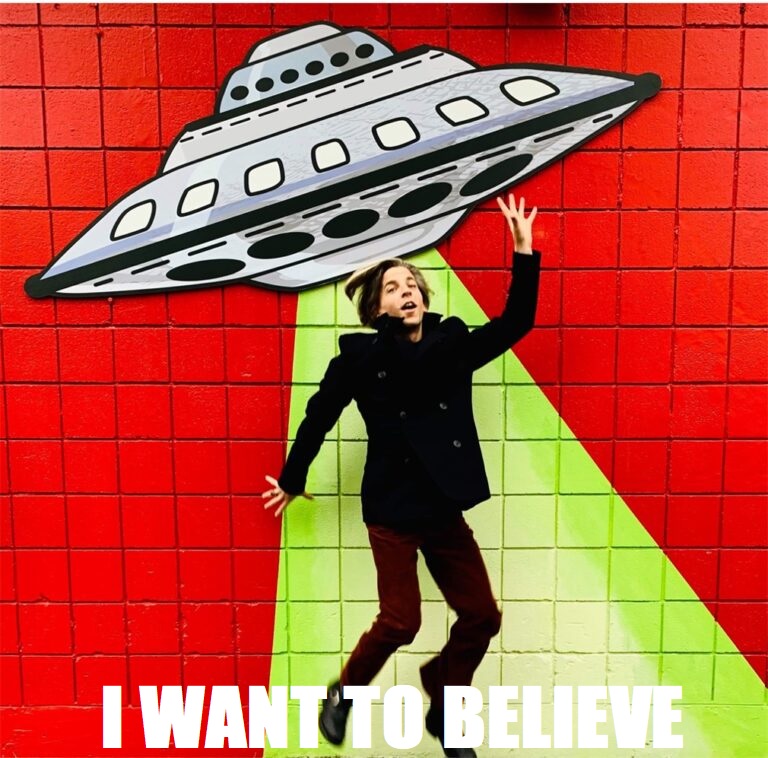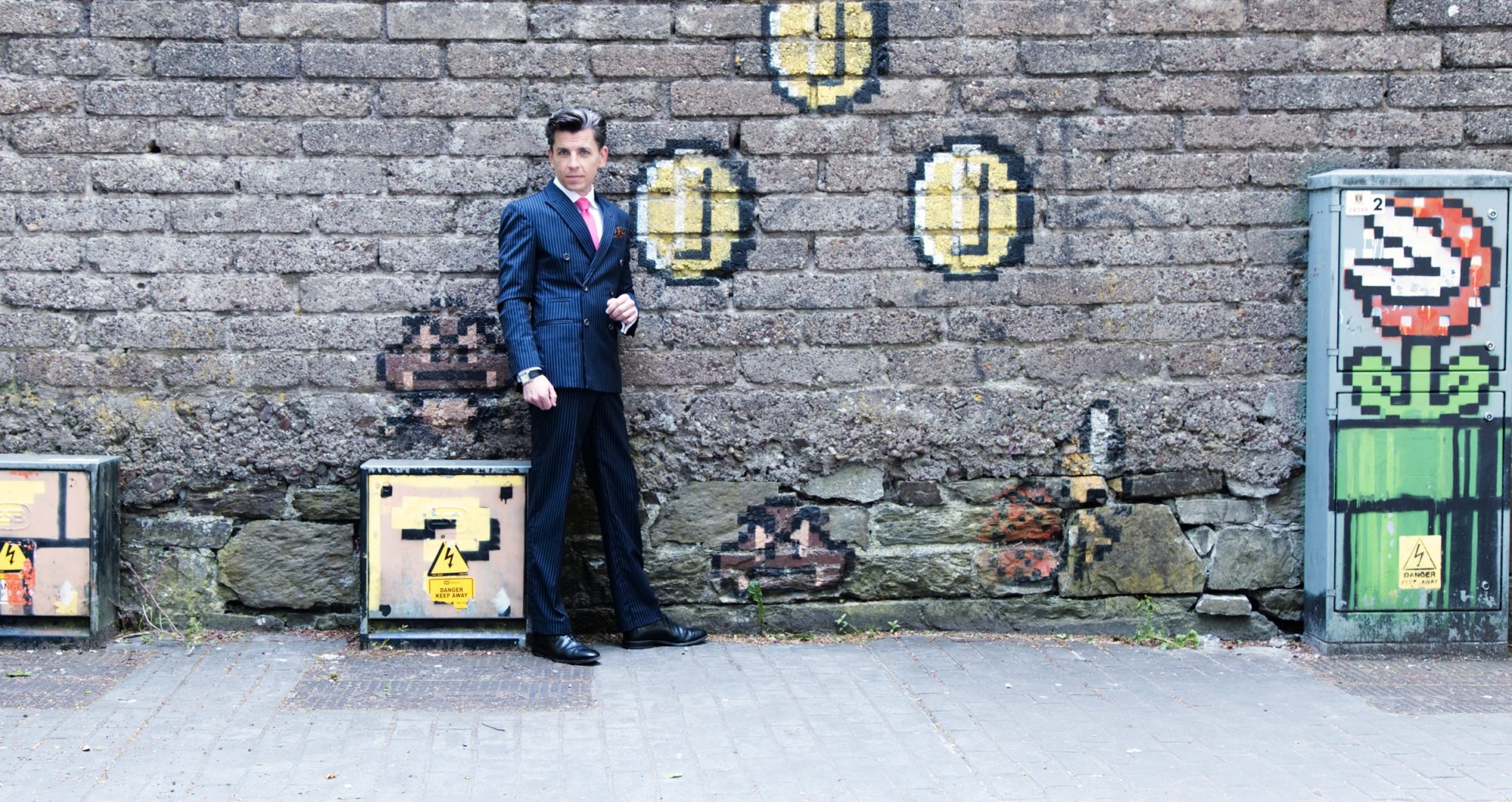
Post-Truth Conspiracy Fantasies in the Digital Era:
From (A)rea 51 to (Z)ombies
Despite their fictional nature, conspiracy theories have been long entangled with notions of “evidence.” These theoretical “conspiracies” (as opposed to actual conspiracies) were historically driven by the circulation of fabricated evidence and forgeries. From the anti-Semitic pseudo-world-domination-manual The Protocols of the Elders of Zion, to the disinformation campaign which elevated Area 51 to mythical status, it is increasingly evident that popular conspiracy theories are instigated more by fraudulent evidence and deliberate disinformation than by individual psychology and cognitive deficits.
The fringe conspiracy theories of the twentieth century may be described as varying hybrids of PSYOPS, agit-prop, hoax, satire, paranoia, and at times, genuinely suspicious circumstances and evidence. Over the past two decades, however, pseudo-conspiracism has digitally evolved into a mainstream activity, acquiring characteristics of fanfiction, digital folklore, trolling, Live Action Role Play (LARP), and Alternate Reality Game (ARG). As the laborious circulation of fabricated evidence gave way to the immediacy of collective speculation, conspiracy theories became a war, not of “proof”, but of imagination. As a result, the conspiracy “theories” of the twenty-first century – to borrow the cutting remark of theoretical physicist Wolfgang Pauli – “aren’t even wrong.”
Ultimately, the incoherent, politically strategic, and speculative fantasies of today’s post-truth conspiracy movements bear such little resemblance to the fringe conspiracy theories of the previous century, that perhaps they should not even be described in the same terms. I propose the term “conspiracy fantasies” as a useful alternative. These politicized narratives are a form of disinformation, certainly; but also, a unique form of collectively created digital folklore which, in a bid for legitimacy, has evolved to obfuscate its own fictional status. In this sense, conspiracy fantasies may be analysed as a particularly insidious form of what has been described in the ARG community as “pervasive fiction” or “unfiction.”
Considering conspiracy fantasies in this light makes it apparent that many scholars, journalists, and pundits are asking the same biased question: “Why do people believe in conspiracy theories?” This loaded question presupposes a false dichotomy between belief and disbelief. Perhaps closer to the target is the iconic poster hanging in Agent Mulder’s office in which a UFO hovers above the motto: I WANT TO BELIEVE (The X-Files, 1993-2002). Mulder’s poster raises an important point. People often want to believe, which is not at all the same thing as actually believing. So, how might this hybridized blur of truth, fiction, and unfiction be situated along the spectrum of belief, disbelief, and make-believe?
The rise of conspiracy culture in the new millennium (Knight, 2020) indicates that conspiracist ideology owes more to processes of social construction and motivated reasoning than to individual delusions or pathology (Aupers, 2012, p. 22). Thus, the boundary-blurring processes through which people engage with pervasive disinformation and unfiction across digital media platforms are vastly under explored; extending far beyond simple notions of belief, disbelief, or make-believe. It is not insignificant, for instance, that “reality TV” is anything but real, and that ARGs are guided by the paradoxical mantra: “TINAG” (This Is Not A Game). It is my contention that the blurred area between belief and make-believe may be delineated and defined as “fake-believe”. Whereas make-believe means to pretend, fake-believe entails the false denial of that pretence.
